As the seasons change, you may need to think about changing your seasonal tires. Whether you're switching to winter tires or to summer tires, it's important to think about how you store your off-season set.
You may have them changed by a professional or do it in your garage at home. But what do you do after they have been taken off? Knowing how to store tires after removing them from your vehicle is essential. In fact, it’s more important than most people realize.
If you don’t handle and store your tires properly, their characteristics can change. This can shorten their life. They can even deteriorate so badly in storage that they need to be replaced.
But if you handle and store them correctly, they will deliver years of service – and you’ll save money.
Using some detergent, water and a tire brush, clean tires before storing them. This will help remove a season’s worth of road grime and brake. Clean your wheels, too, if you store your tires on them. Make sure they’re completely dry before the next step.
This next step requires inaction, rather than action. Tires don’t need any kind of dressing or gloss product applied prior to storage. Tire compounds are formulated to resist ozone cracking and other environmental stressors. Such products can hinder rather than help extend the longevity of your tires.
Find a large, airtight plastic bag to fit each tire. Try yard bags or leaf bags. Ensure the bag (and tire) is free of moisture, then remove as much air as possible from the bag (use your vacuum cleaner!) and tape it shut.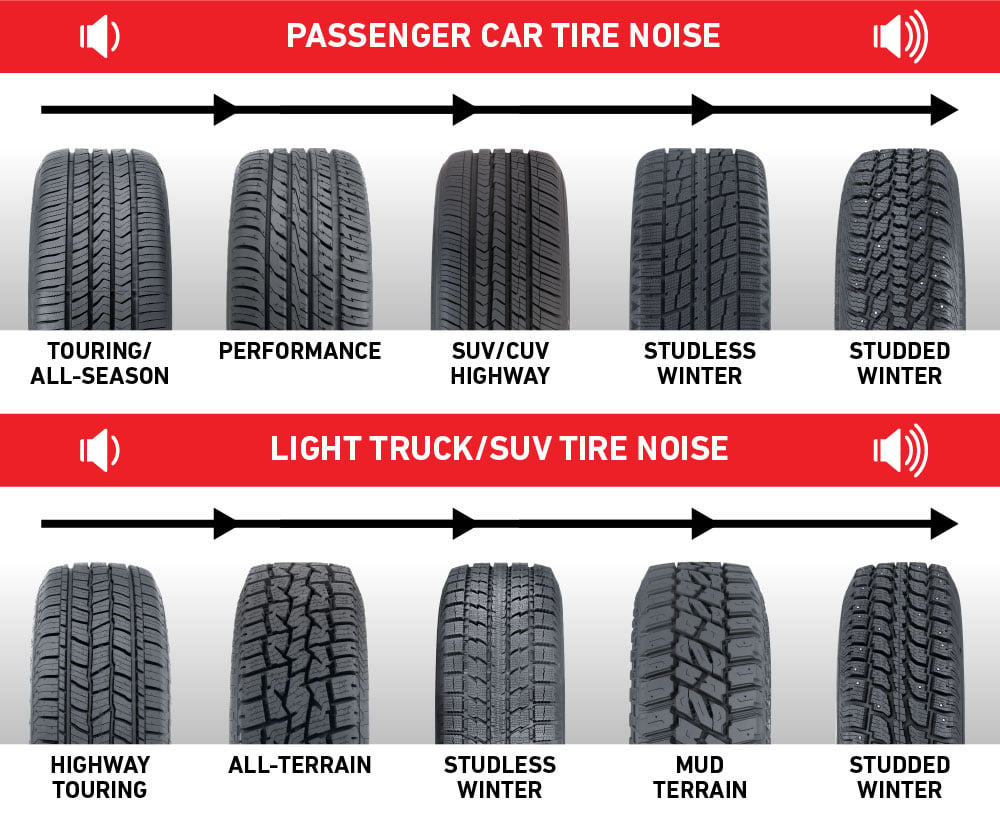 This airtight environment will reduce evaporation of oils from the rubber compounds. Specific tire storage caddies or tire totes are also available. These make transporting and storing tires easier and help keep them grime and dust free. However, they aren’t air tight. If you want to use them, bag tires as above first, then place them in your tire tote.
This airtight environment will reduce evaporation of oils from the rubber compounds. Specific tire storage caddies or tire totes are also available. These make transporting and storing tires easier and help keep them grime and dust free. However, they aren’t air tight. If you want to use them, bag tires as above first, then place them in your tire tote.
UV rays and the sun’s heat can wreak havoc on rubber. Your tire storage location should keep them out of direct sunlight.
In cold weather or in warm, tires should never be stored in the open air, even under a protective covering. Think cool, dry, moderately ventilated – and of course out of the sun. Your basement or another climate-controlled space is ideal. If there is a heat source in the room, the tires must be shielded from it. Most garages, sheds and attics undergo a range of temperatures, precipitation and humidity. You want to avoid these fluctuations.
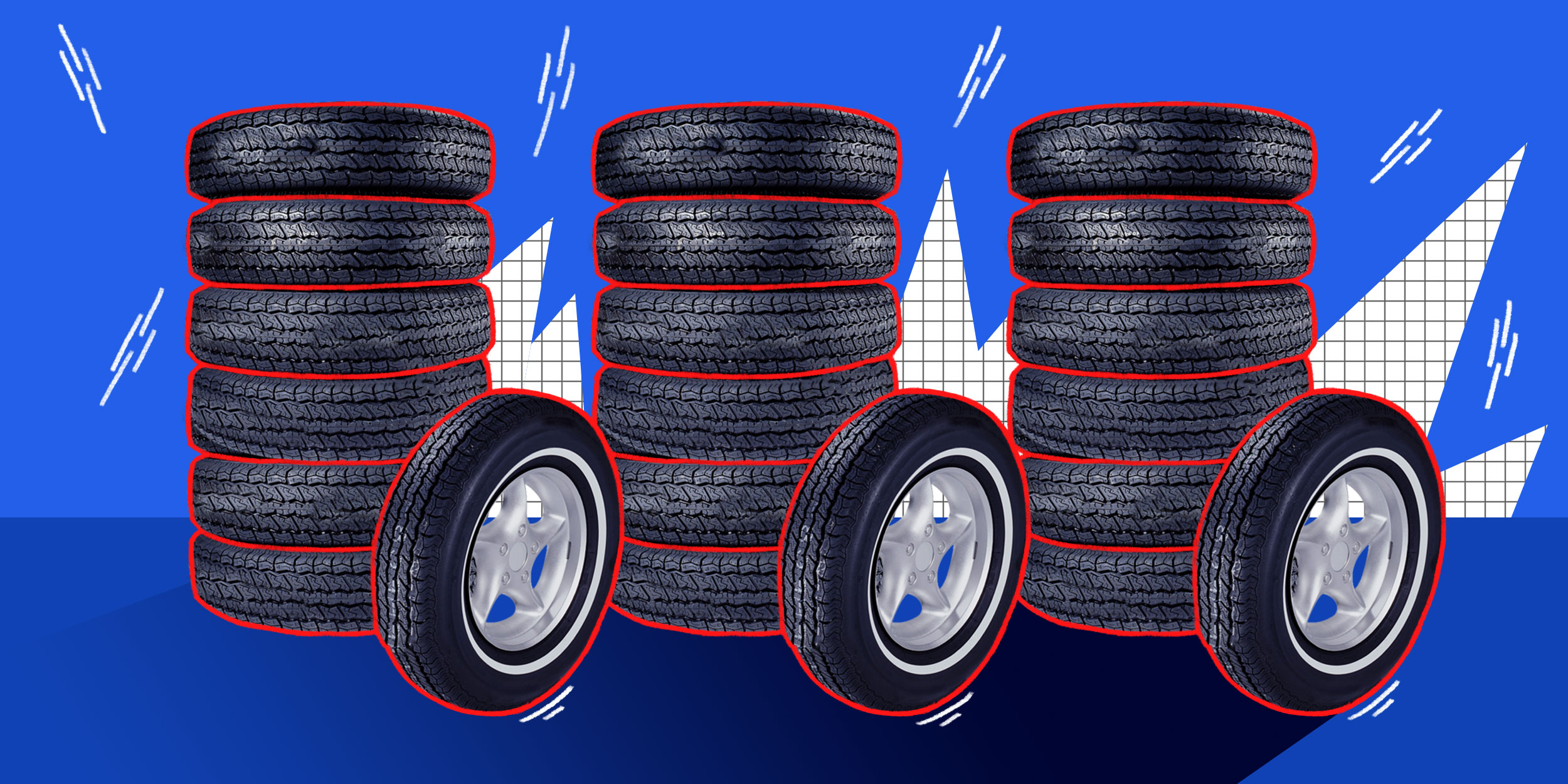 Avoid chemical exposure
Avoid chemical exposure
Your number one chemical to avoid: Ozone. It’s particularly damaging to tires. Electric motors that use contact brushes generate ozone. These can include:
Ensure your storage area contains none of these items. The following should also be avoided:
Got whitewalls – or other white parts (like lettering) on your tires? In case you’ve decided not to bag your tires, store them with white areas touching other white areas, and black touching black. Here’s why: The black rubber on the white side is compounded differently than the black rubber on the other side. A layer of non-staining black rubber is used on the tire's white side to prevent oils migrating from the black to the white areas and causing discoloration. The black sidewall uses standard rubber.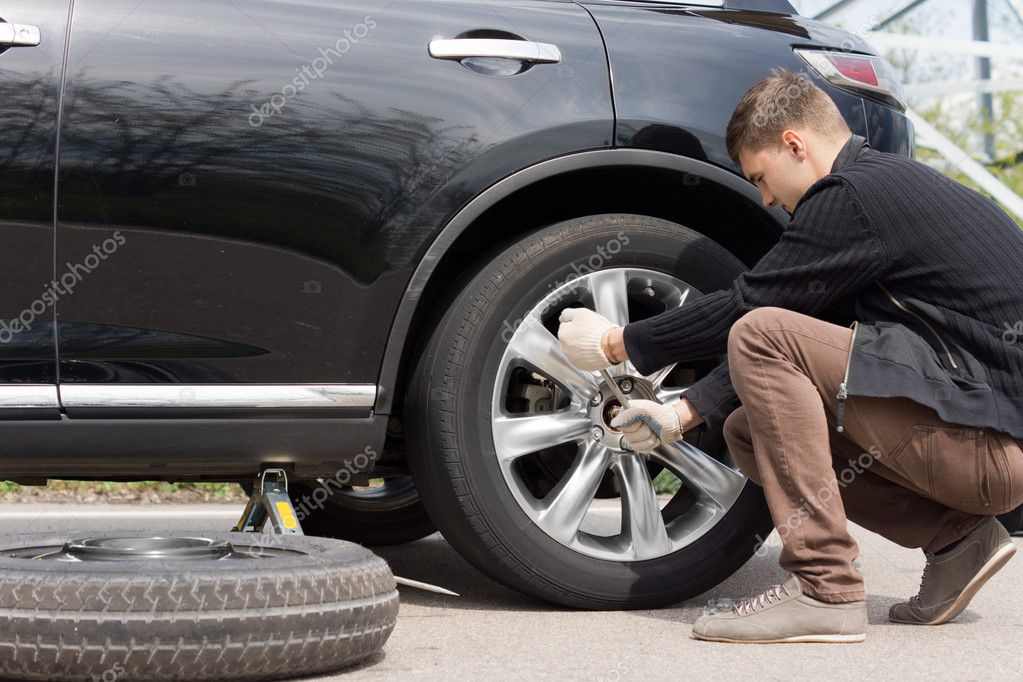 Therefore, store black-to-black and white-to-white to help keep white rubber bright and avoid marks.
Therefore, store black-to-black and white-to-white to help keep white rubber bright and avoid marks.
You have three options for how to store your tires:
The best option is standing, as it puts less stress on the tires. If you must stack, try not to stack too high. You want to avoid it tipping and damaging the tires. Tires mounted on rims? Stacking is actually preferable in this case. Another great option for tires on rims is hanging them from tire racks or hooks. Never hang unmounted tires as this can distort and damage them.
Tires will age. But these tips will help extend their life. If you want to make sure that the storing of your tires is in professional hands we would recommend to let them be stored at your tire dealer. And remember: It’s a great idea to get your tires checked by a tire professional before they are mounted onto your vehicle again for another good season of driving.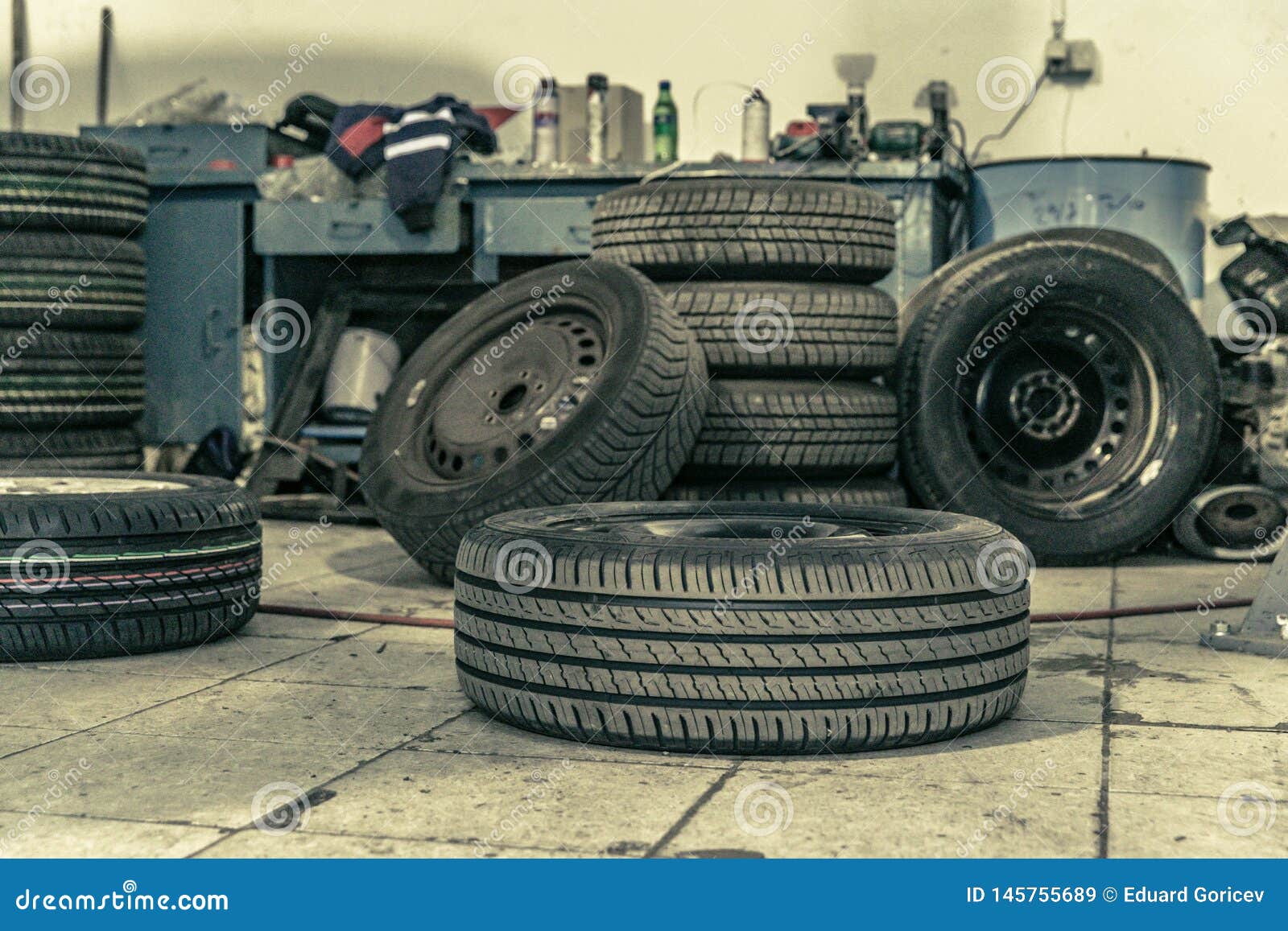
If you have an extra set of tires and wheels for winter or summer driving, proper storage can help you get the most life out of your investment while also having them ready for your next seasonal changeover. We have some tips to help you store those tires and ensure your next seasonal changeover goes smoothly.
Select Les Schwab Tires locations can make tire storage easy. When it's time to change tires for the season, we'll store your other, bulky and dirty tires. Learn more about this time and space-saving option.
It's time to change to your winter tires when nighttime and early morning temperatures stay at or near 40º F. While you won’t ruin your winter tires overnight, they will wear out faster as temperatures rise. Additionally, if you live in a snowy area, consider changing to your snow tires ahead of the first snowstorm of the season.
While it is advisable to carry a spare tire or have a plan if you get a flat, it’s not a good idea to store your seasonal tires in your vehicle. Why? Because those tires and wheels will add weight to your car or truck, reducing your MPG or range. Plus, the inside or back of a car or truck is not the ideal environment for storing tires. Keeping them there can cause safety issues and premature tire degradation.
When your winter tires are mounted on wheels (also known as rims), your tires will last longer and your seasonal changeovers will go a lot faster. That’s because we won’t need to remove one set of tires and replace them on a single set of wheels. Instead, we’ll simply remove the prior season’s tire/wheel set and install the next season tire/wheel set, check the tire pressure, perform some visual safety inspections, and send you on your way. Plus, you won’t be charged a changeover fee.
Here’s how to properly store your tires for any season.
When you have the correct air pressure in your tires, it can improve fuel efficiency and safety. But what about tires that are in storage? Those tires need the proper air pressure too. When properly inflated, tires will store better. Check out how to put air in your tires.
Grime, tar, rocks, and other debris can really build up on your tires and wheels. Every time your tires are changed out for the season, clean them off before storing. Scrub them with soap and water, then allow them to dry completely. Storing wet wheels can encourage corrosion and/or pits in the metal. Even a little moisture can cause problems. Some Les Schwab locations offer tire storage and cleaning. Find a location near you.
Once your tires are clean and ready to be stored, put them back into the yellow Les Schwab bags after changing them out.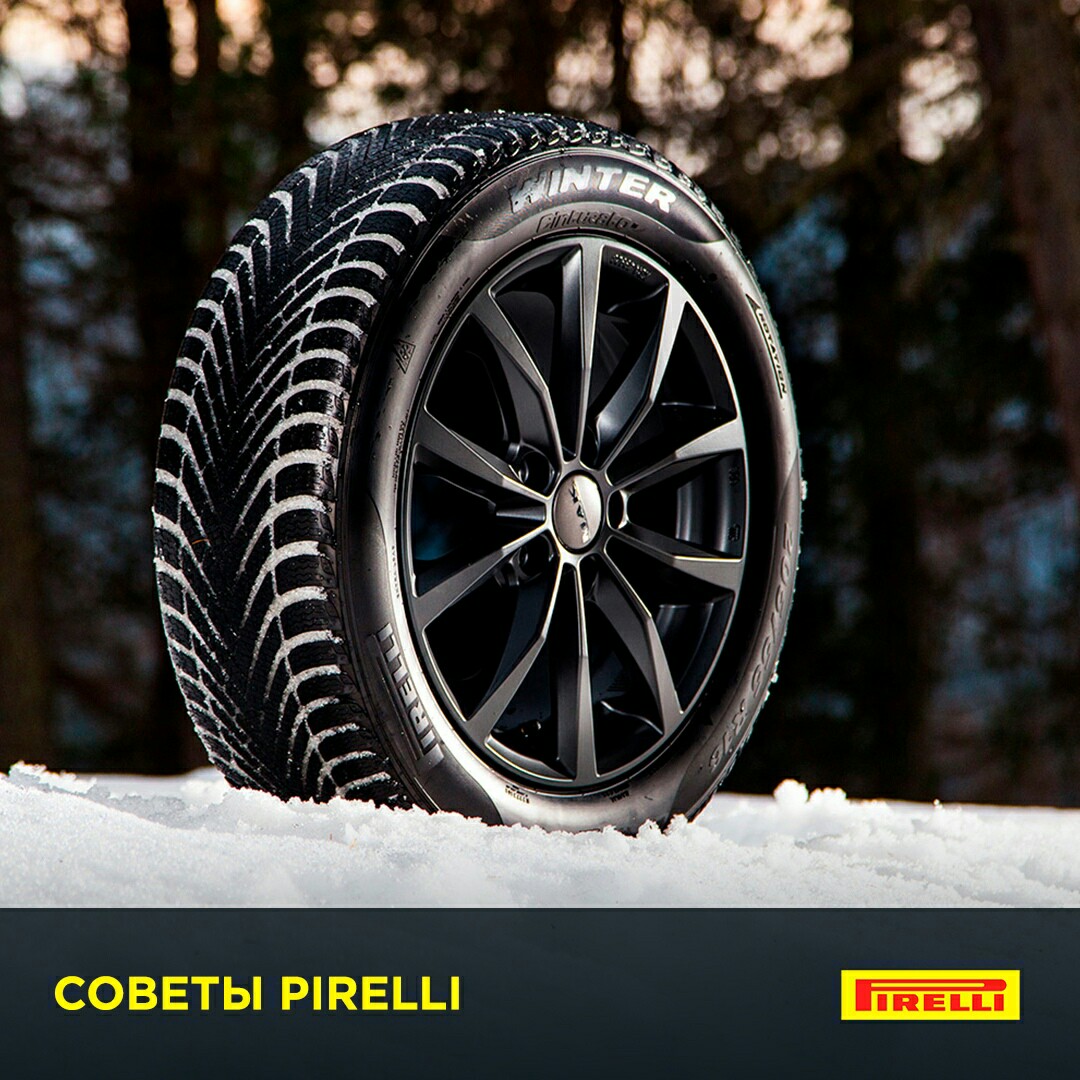 If you don’t have Les Schwab bags, large garbage bags will also work. Depending on where you store them, do what you can to keep dust, leaves, and other materials off the tires.
If you don’t have Les Schwab bags, large garbage bags will also work. Depending on where you store them, do what you can to keep dust, leaves, and other materials off the tires.
To get the most life out of your seasonal tires, proper storage means keeping them out of the elements and under a cover (roofline, awning, shed, garage). This helps minimize wear and maximize the life of your tires. Additionally:
Your local Les Schwab is ready to help with your seasonal changeovers, including adding your winter tires to a separate set of wheels. It’s a smart move that will save you time and help you avoid changeover fees. Be sure to schedule your appointment to avoid the winter and springtime rush.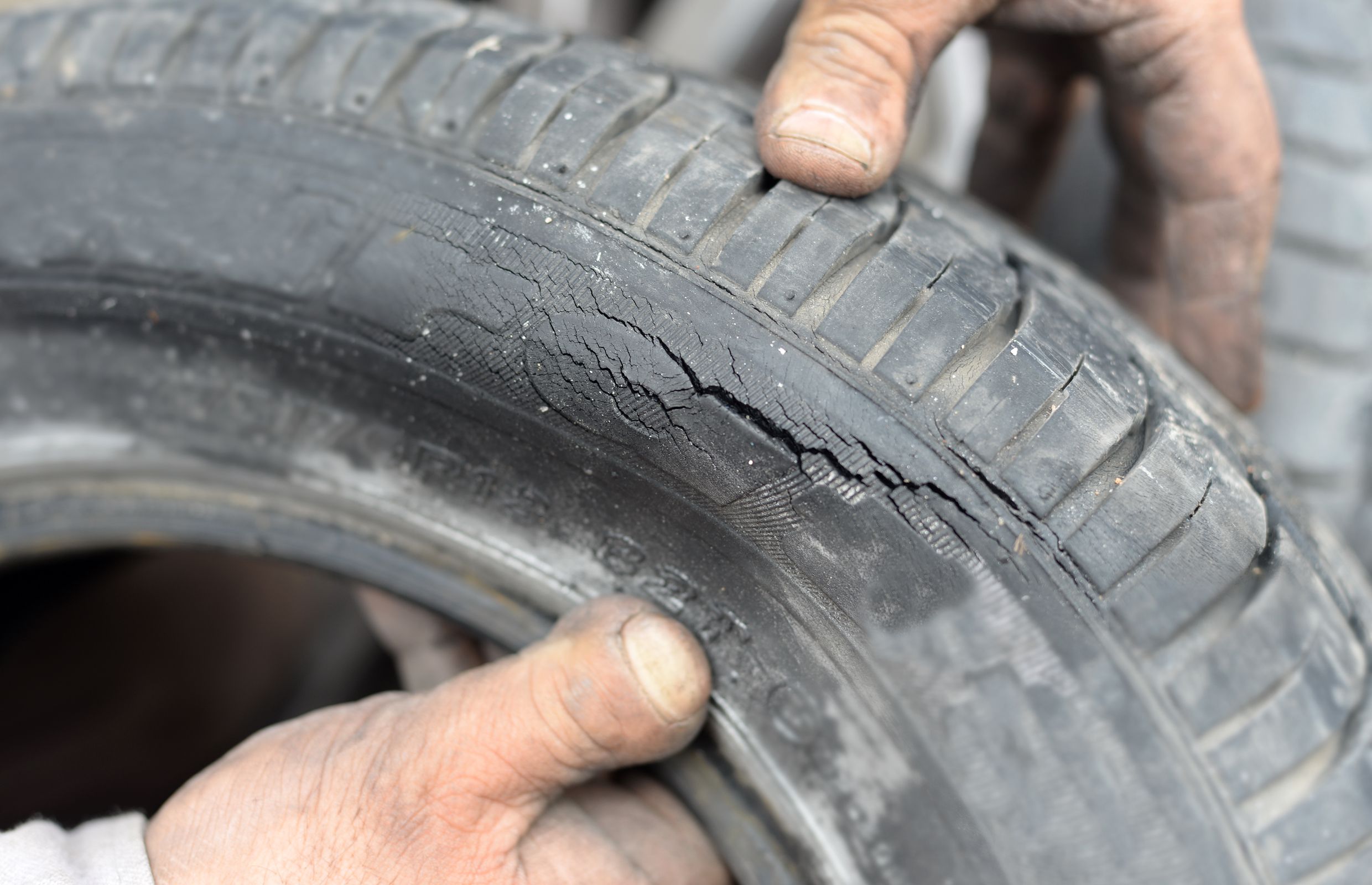 Or just stop by. We’ll help you get the most from your seasonal tires.
Or just stop by. We’ll help you get the most from your seasonal tires.
Les Schwab may be able to help. We offer seasonal tire storage at select stores.
Participating Locations
With the onset of the new season, motorists have a question - how to properly store tires? Can I store them in the garage or on the balcony? What happens if the requirements are not met? We will tell you how to handle tires removed from the car.
Tires are made of soft elastic material that is subject to deformation. In inappropriate conditions, they quickly lose their properties. If you have not learned how to properly store tires, you may experience such unpleasant consequences:

Don't risk your safety!
According to GOSTs, tires can be stored in a dry place, sheltered from precipitation, at a temperature of -30 to +40 C°. These requirements are met by garages, outbuildings, storerooms, glazed balconies and other similar premises.
Interested in how to store tires in winter? The main enemies in this case will be snow and water. They can damage the tire by causing the sensitive material to warp. The same applies to discs that can be corroded. To maintain the properties of the tire in winter, good ventilation should be provided. It will be even better if you can organize heating.
If you need to know how to store wheels in the summer, then you should pay attention to bright sunlight. UV radiation is also detrimental to tires: it deteriorates their properties, causing accelerated wear. Therefore, you should buy special covers made from natural materials.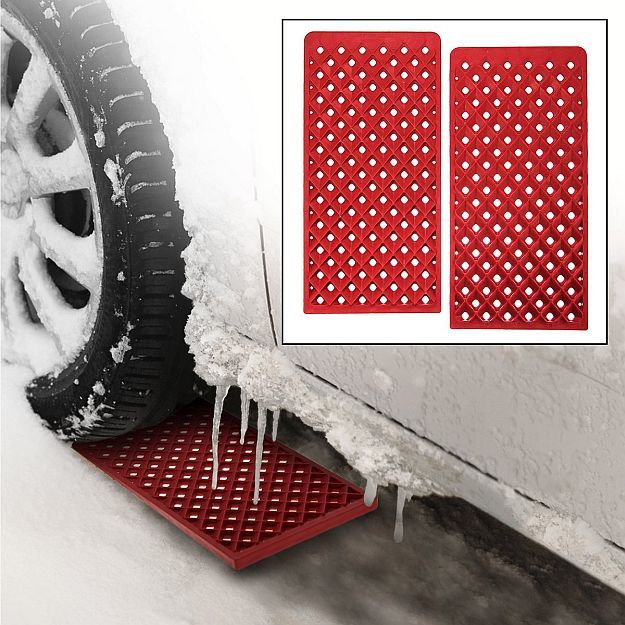 In order for the tires to remain elastic and durable after the end of the summer season, you need to periodically turn them or shift them, observing all the requirements.
In order for the tires to remain elastic and durable after the end of the summer season, you need to periodically turn them or shift them, observing all the requirements.
If you don't have space to put your wheels in your garage or on your balcony, you can take your tires to a special warehouse. The advantages of such a solution are:
Properly storing tires is not difficult, but you need to do some preliminary preparation. Each tire should be thoroughly washed from dirt - adhering soil, asphalt particles and other substances can destroy the material. During this procedure, you can carefully inspect the surface of the wheel, finding cuts, punctures and other damage on it.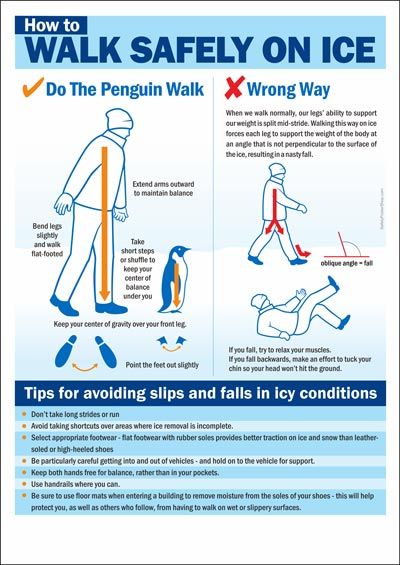
It is advisable to store tires on disks - in this case, they retain their original shape better. In addition, with the onset of the new season, you will save on the services of the service center. Each tire should be pre-treated with silicone grease. Do not confuse it with a color restorer that contains a solvent! In winter, the lubricant will prevent the formation of ice: it will fill the pores of the tire and push the water out of them. In the summer season, the composition forms a protective coating that will help prevent the elastic material from drying out.
To store summer tires, it is advisable to choose heated rooms. With a strong decrease in temperature, they can “suffocate”, covered with microscopic cracks. This is fraught with rapid stratification during high-speed driving and a complete loss of control. If there is no heating, you need to put the tires in a dry closed garage or shed where snow and water do not penetrate.
If summer tires are afraid of frost and moisture, then winter tires are afraid of ultraviolet radiation. When folding them on the balcony, be sure to cover the wheels with a piece of thick cloth. But do not forget to leave a couple of holes for ventilation so that moisture does not accumulate inside. It is undesirable to store winter tires without disks: in the warm season they become very soft and easily deformed. The consequences of such damage will be unpleasant and even dangerous.
When folding them on the balcony, be sure to cover the wheels with a piece of thick cloth. But do not forget to leave a couple of holes for ventilation so that moisture does not accumulate inside. It is undesirable to store winter tires without disks: in the warm season they become very soft and easily deformed. The consequences of such damage will be unpleasant and even dangerous.
Most motorists are wondering how to store tires on rims? We have already said above that this method helps to save time and money during the off-season “changing shoes”. The ideal option for placing tires on rims is in limbo. To do this, you can install special brackets on the ceiling or in the wall. In this case, the main load is assumed by the metal rim - the soft part is not subjected to unnecessary loads.
To know how to store wheels on rims, you also need to pay attention to pressure. The optimal indicator is from 1 to 1.5 atmospheres.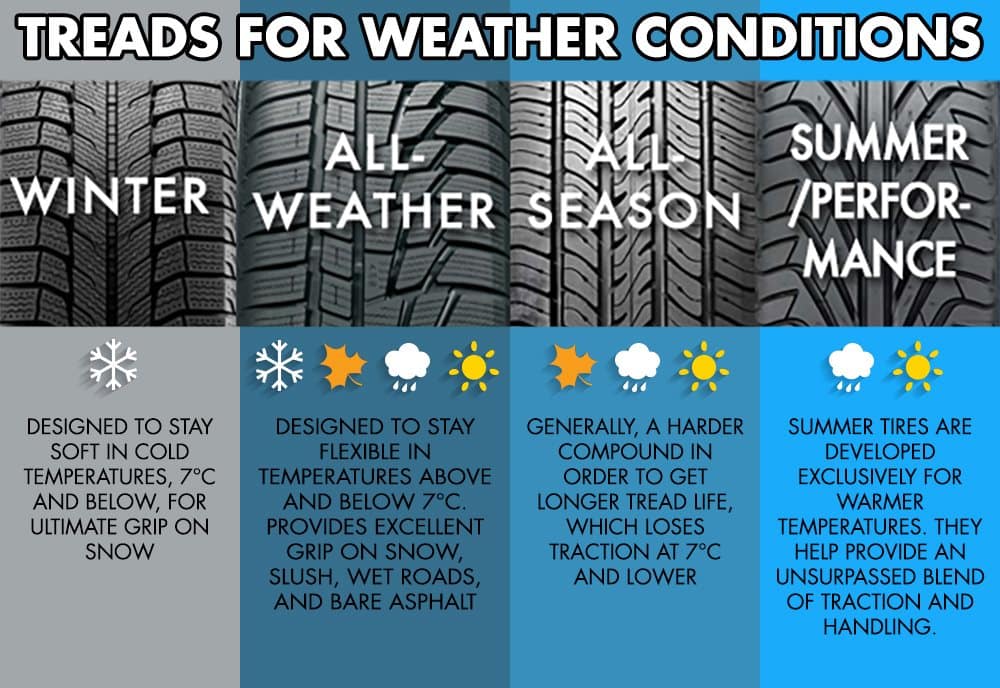 At a lower value, the tires are at risk of squeezing, and at a higher value, bursting. Tires on steel or light alloy rims should be lowered before storage. In a specialized center, experienced employees will take care of this, but in the garage you will have to do it yourself.
At a lower value, the tires are at risk of squeezing, and at a higher value, bursting. Tires on steel or light alloy rims should be lowered before storage. In a specialized center, experienced employees will take care of this, but in the garage you will have to do it yourself.
What to do if there is no space for hanging tires on the rims? In this case, you can not put them vertically - if the pressure decreases, this will lead to deformation of the frame. It is best to stack tires in a pile, like a children's toy "pyramid". In this case, the following recommendations should be observed:
By knowing how to store your wheels on rims, you will save their properties, increase road safety and reduce your costs.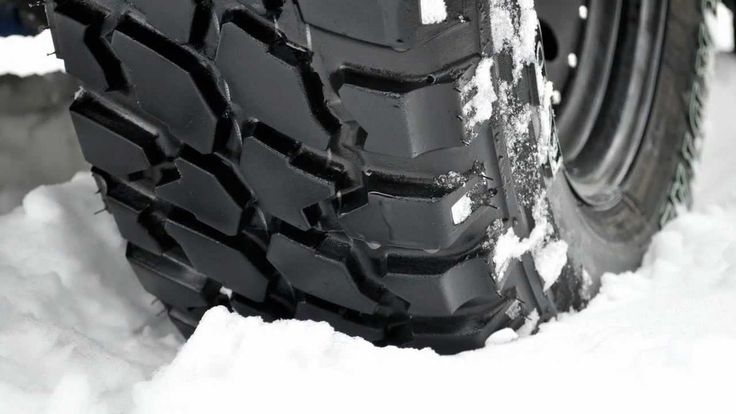
Many car owners have to store tires without wheels, a set of which is quite expensive. In this case, you will have to follow other recommendations. If you decide to store your tires without rims in your garage, never hang them from the ceiling or stack them. In both cases, the elastic material will be constantly subjected to excessive loads. This will lead to tire deformation, which we have already discussed earlier.
How to store tires without rims? To do this, install them vertically. In the absence of discs, this situation will be the only correct one. It will evenly distribute the load on the tire carcass. If you are interested in the question of how to store wheels without discs in the ideal case, you should know that they should be rotated periodically by 30-40 degrees. If possible, you should do this once every two weeks.
To store wheels without discs in the garage, you can buy special cases. They protect the surface of the tires from friction, UV exposure and moisture. Summer and all-season tires require special care in the cold season - be sure to treat them with silicone grease and put them in a dry place.
They protect the surface of the tires from friction, UV exposure and moisture. Summer and all-season tires require special care in the cold season - be sure to treat them with silicone grease and put them in a dry place.
We told how to store summer and winter tires, what requirements must be observed with and without rims. So you will significantly reduce the cost of car maintenance, as well as make your trips really comfortable and safe.
“Changing a car” at the beginning of the season, we ask ourselves: where to store an unused set of tires? Of course, you can always put tires in the country, in the basement or on a ventilated balcony. But without proper care, they will quickly become worthless. We tell you how to properly store tires in winter and summer, on disks and separately.
Car tires love the same conditions as people - temperatures from +5 to +25°, humidity from 40 to 80%, good ventilation and no UV radiation, including direct sunlight.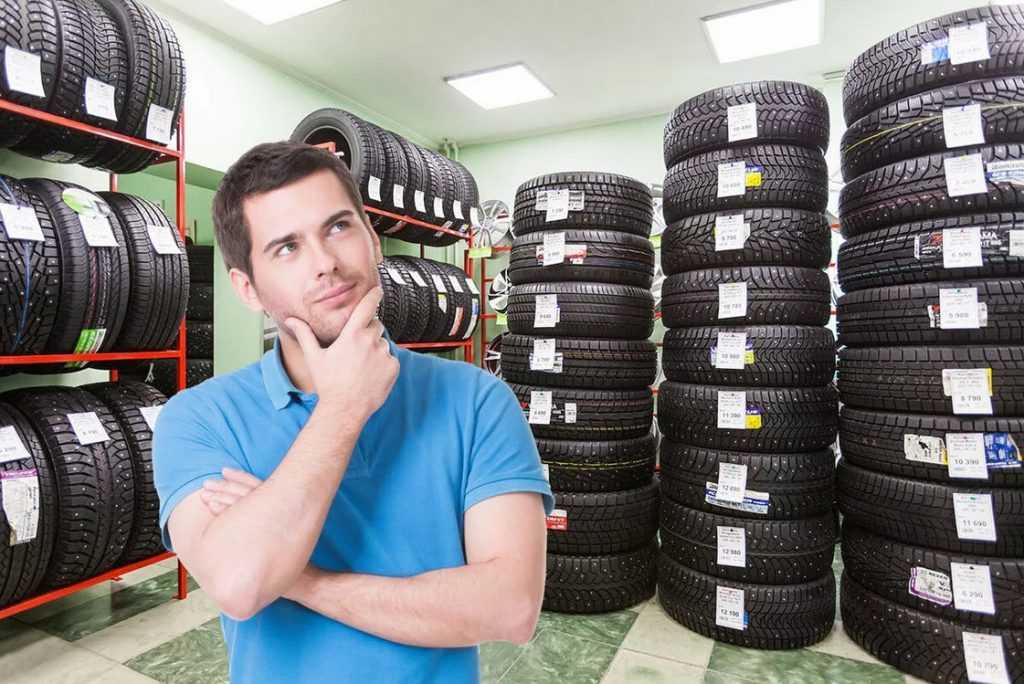 Deviations are allowed - the main thing is that they are short-term, no more than 2-3 days in a row.
Deviations are allowed - the main thing is that they are short-term, no more than 2-3 days in a row.
Store tires in a dark place away from sunlight. If the balcony is always lit during the day, put opaque plastic covers on the rubber, which are sold in tire shops and tire shops. Don't fasten them all the way. It is better to make 10-15 small holes in the film so that air circulates freely inside. If you store tires on a glazed balcony or loggia, open one window for little ventilation - rubber needs good ventilation.
Tires can be stored in the garage if it does not freeze in winter. In summer, a constant supply of fresh air is more important - it should not be stuffy and too humid inside. Make sure you can position the whole kit freely - do not push tires into narrow niches. It is also forbidden to put them in a pit - an abundance of water and a lack of ventilation will significantly reduce the life of the rubber.
Tires must be stored in the correct conditions.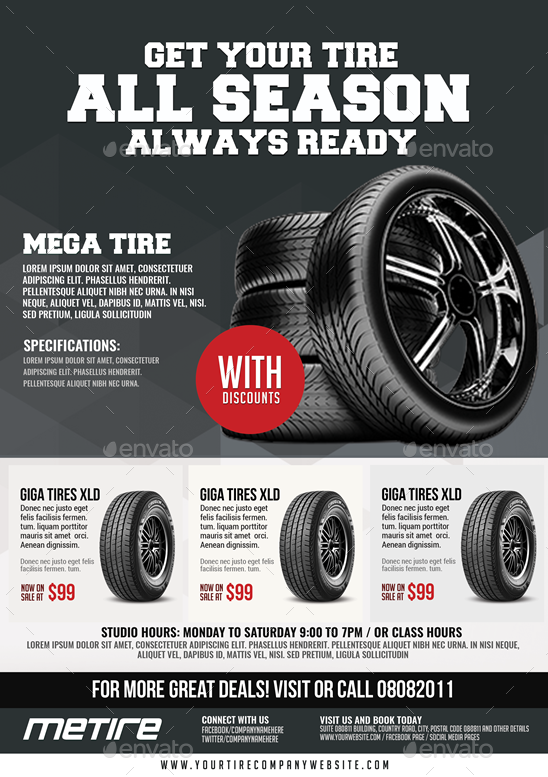 Make sure that the room temperature is above zero in winter and below +30°C in summer. Basements and cellars should have a forced ventilation system - if the air stagnates, the tires will get wet and warp. It is also worth checking if there are any heating appliances and water sources nearby.
Make sure that the room temperature is above zero in winter and below +30°C in summer. Basements and cellars should have a forced ventilation system - if the air stagnates, the tires will get wet and warp. It is also worth checking if there are any heating appliances and water sources nearby.
Many drivers leave their car in the garage for the winter. If you prefer to store tires on car rims, place wheel chocks, which are sold in shops and service stations, in front and behind. You can replace them with sticks with rounded edges. They evenly distribute the load, slowing down the wear of rubber. Jack up the car and rotate the wheels 45° about once a month. Instead, you can take the car out of the garage and drive about 1.5–2 km. So you will not let the technical fluids stagnate and slow down the corrosion processes.
This service is provided by shops, service stations and car dealerships. By accepting tires and rims for storage, they undertake to return the wheels to you safe and sound at the beginning of the next season.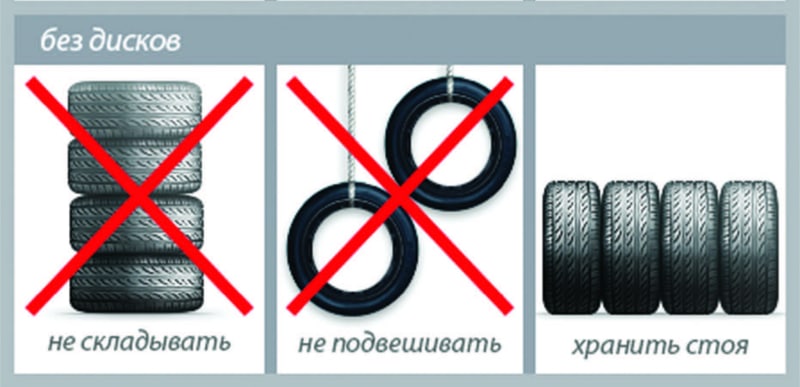 Many companies offer their customers a tire service without a queue and a discount on a tire change. If you are giving tires for storage, do not be lazy and ask to see the warehouse - check that the tires are folded correctly.
Many companies offer their customers a tire service without a queue and a discount on a tire change. If you are giving tires for storage, do not be lazy and ask to see the warehouse - check that the tires are folded correctly.
Regardless of which condition is violated, the consequences will be the same - the life of the tires will be reduced, and the performance will deteriorate. This usually manifests itself in reduced vehicle stability, increased noise, vibration and accelerated suspension wear.
This usually manifests itself in reduced vehicle stability, increased noise, vibration and accelerated suspension wear.
If tires are stored on a balcony in direct sunlight, UV radiation will reduce the elasticity of the rubber. A tire that is too stiff will wear out faster and absorb shocks worse when driving over bumps.
Sudden changes in temperature change the chemical properties of rubber. It becomes looser and softer. Abrasive asphalt quickly tears off pieces from the tire - driving on such wheels is dangerous.
If the air is too dry (humidity less than 40%), over time, microcracks appear on the rubber, which accelerate wear. If the humidity is above 80% all season, the metal studs of the tires will rust in storage, and the alloy wheels will become covered with an oxide film that corrodes the metal. Tires also suffer - the rubber warps and becomes too loose.
If there is not enough fresh air, condensation will form inside the tires. The consequences are the same as with high humidity.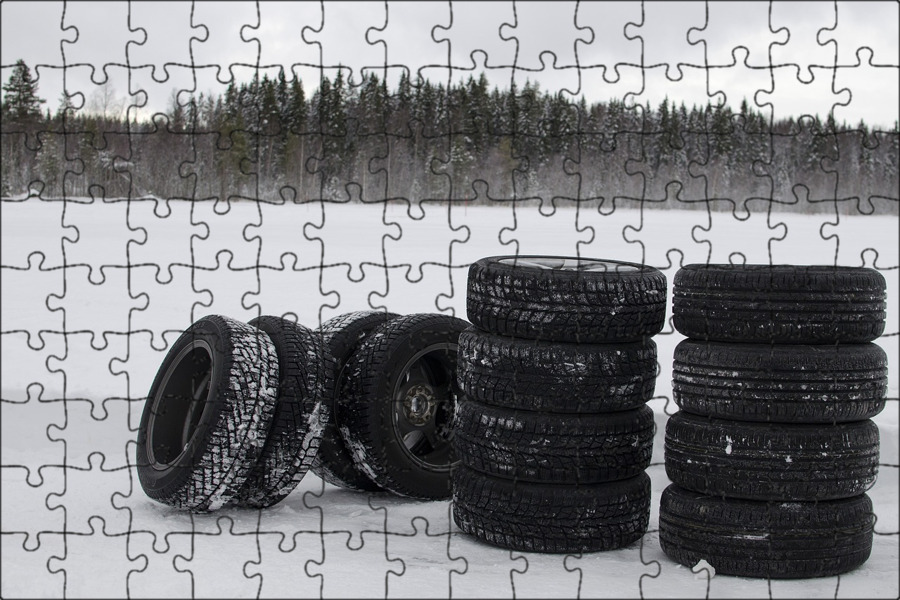 If there is a heating device nearby, the tire cracks and wears out faster.
If there is a heating device nearby, the tire cracks and wears out faster.
Wheel assemblies are more convenient to fold - they take up less space, installation is faster, and tire fitting is cheaper. The only negative is that you have to buy a second set of disks, which is not cheap.
It is correct to store the rubber on the rims in a suspended state - on special hooks or soft cables. Thin wire and homemade suspensions from welding electrodes are best kept away from tires - they can damage the wheels. To prevent the tires from deforming, they are rotated 45 ° every month.
In the garage it is allowed to store tires on rims in a stack. The wheels are folded horizontally, face up. Every month they are shifted - the bottom pile is sent up to normalize the pressure.
Disassembled tires are lighter - they are easier to take to the balcony in the apartment. But storing tires without rims is more difficult - you need to follow strict rules.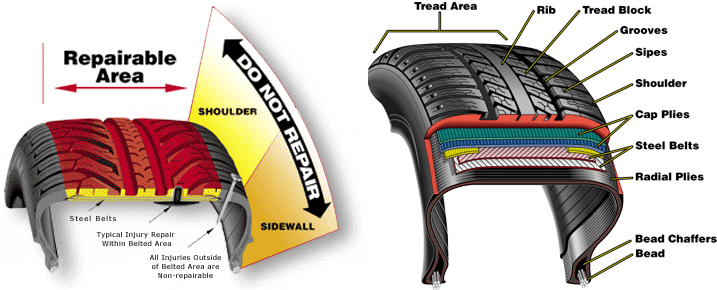
Tires without discs are stored vertically on a special rack. You can also put it on the floor, laying flat wooden blocks from below. Once a month, the tire is rotated 45° to minimize deformation.
Tires without rims must not be stacked or hung on hooks as they will be crushed or flattened. You can not squeeze them into narrow shelves and rest against thin corners - marks will appear on the rubber.
After removing the tires from the vehicle, wash them thoroughly. Remove dirt and stones stuck in the tread slots. Pay special attention to bitumen, oil, gasoline and de-icing stains - caustic substances can destroy rubber in just one season.
If the tire shop offers to treat tires with blackening agents, refuse - they contain strong acids. It is better to cover the rubber with transparent silicone - it will retain water when there is insufficient humidity and will not allow condensation to be absorbed when it is high.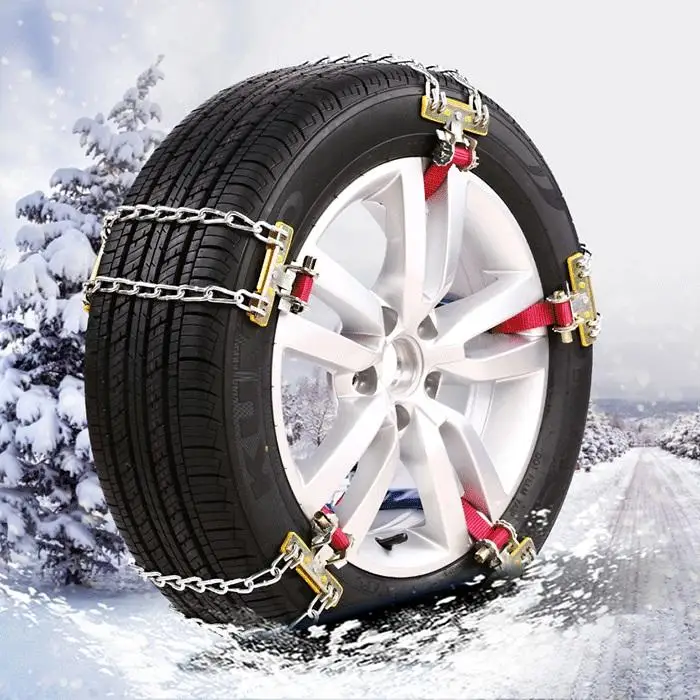
When storing rubber on rims or on a car, reduce the pressure to 1-1.2 bar to reduce surface tension and slow down wear. If you remove tires, mark them with chalk, for example, RL - front left, RR - rear right. Swapping tires in places will increase their maximum mileage.
Most manufacturers agree that tires are usable for 5 years after manufacture. Premium brands like Nokian and Goodyear allow tires to be stored longer, from 6 to 10 years. A specific figure must be sought in the documents that are attached to the new rubber.
When buying, it is important to determine the date of manufacture of tires. Look for the inscription DOT on the sidewall. Skip the numbers and letters immediately after it - you are interested in a four-digit number circled in an oval. The first two digits are the serial number of the week, the second is the year. For example, 0221 means that the tires left the assembly line in the second week of 2021, from January 4 to 10.